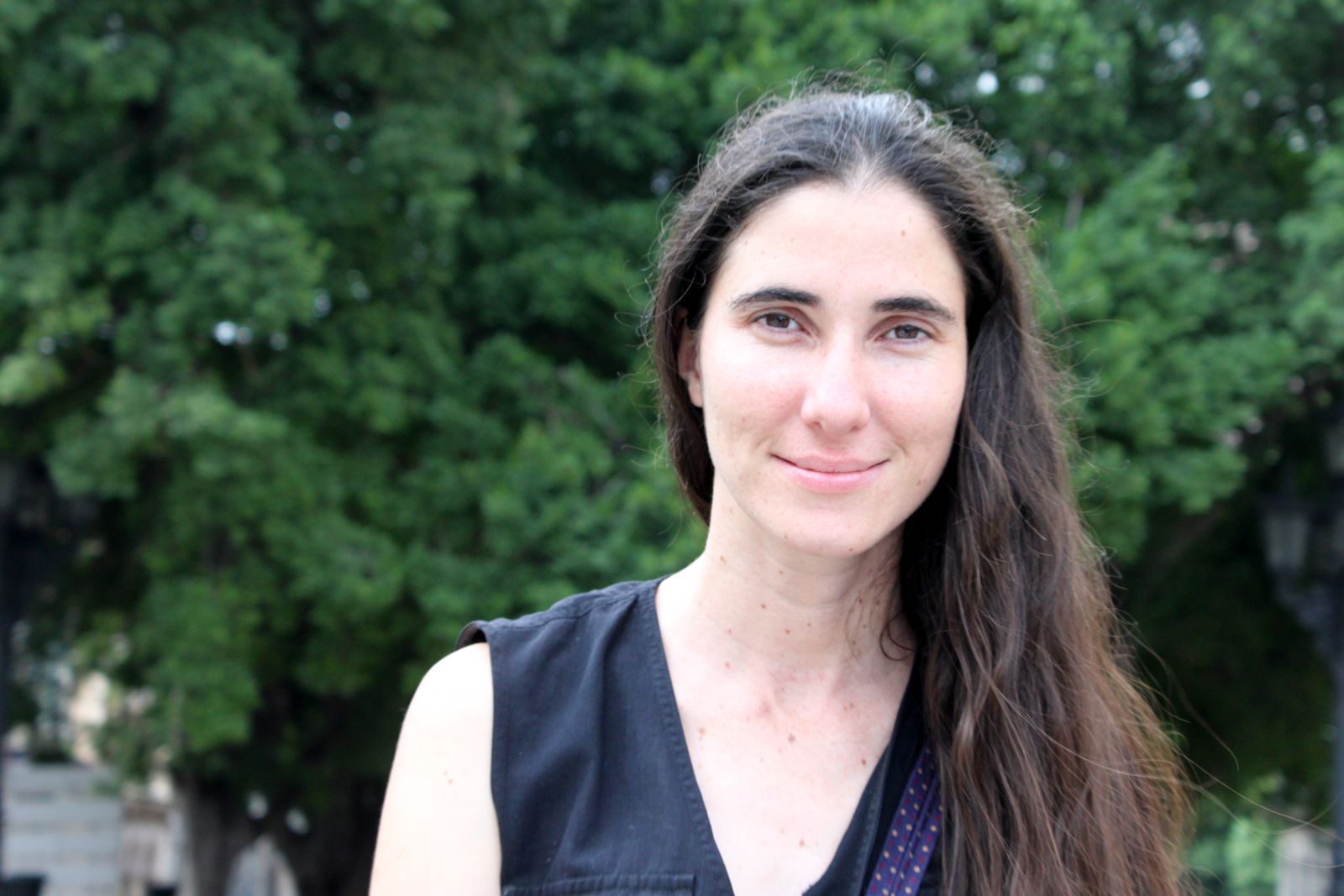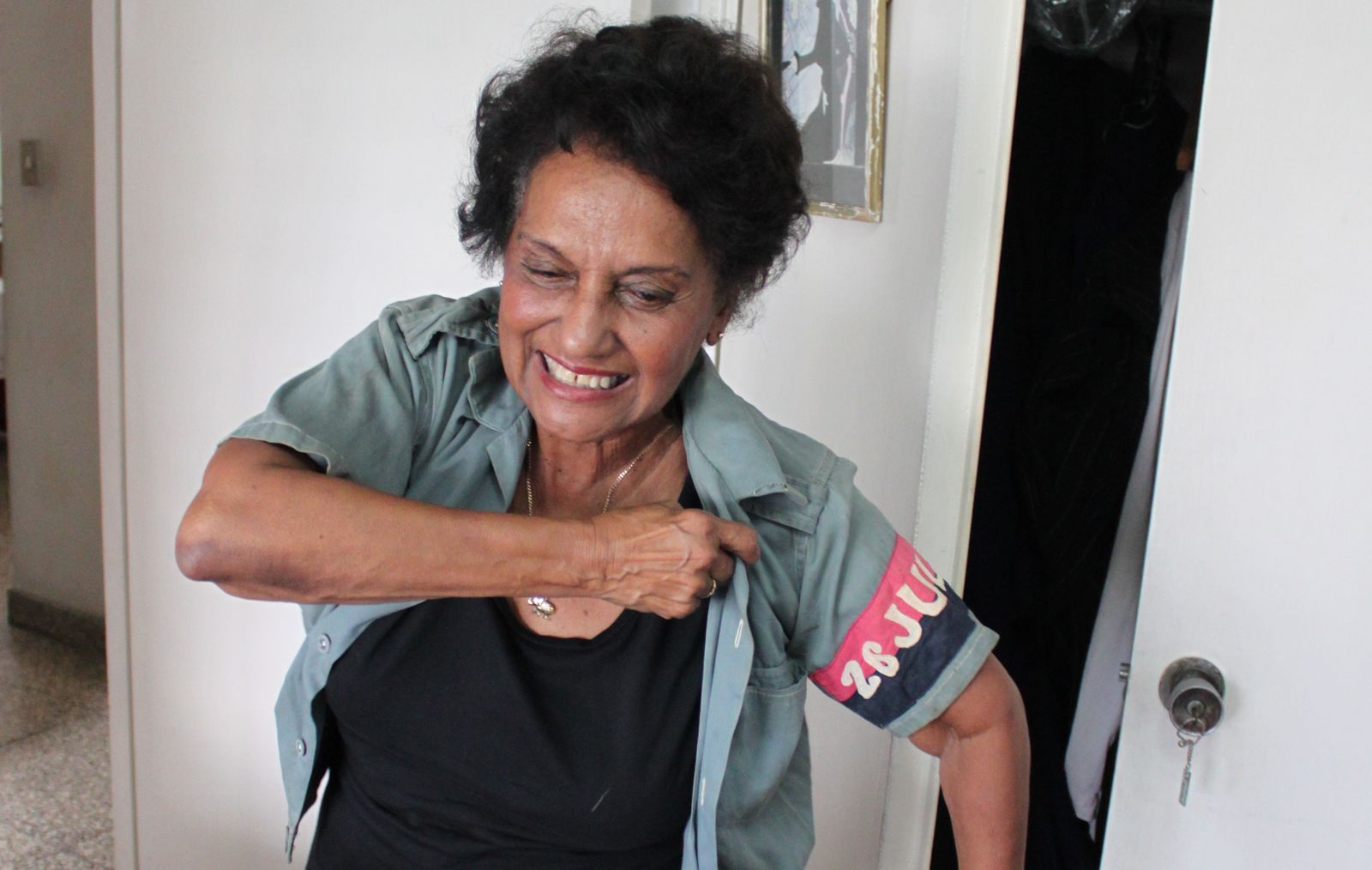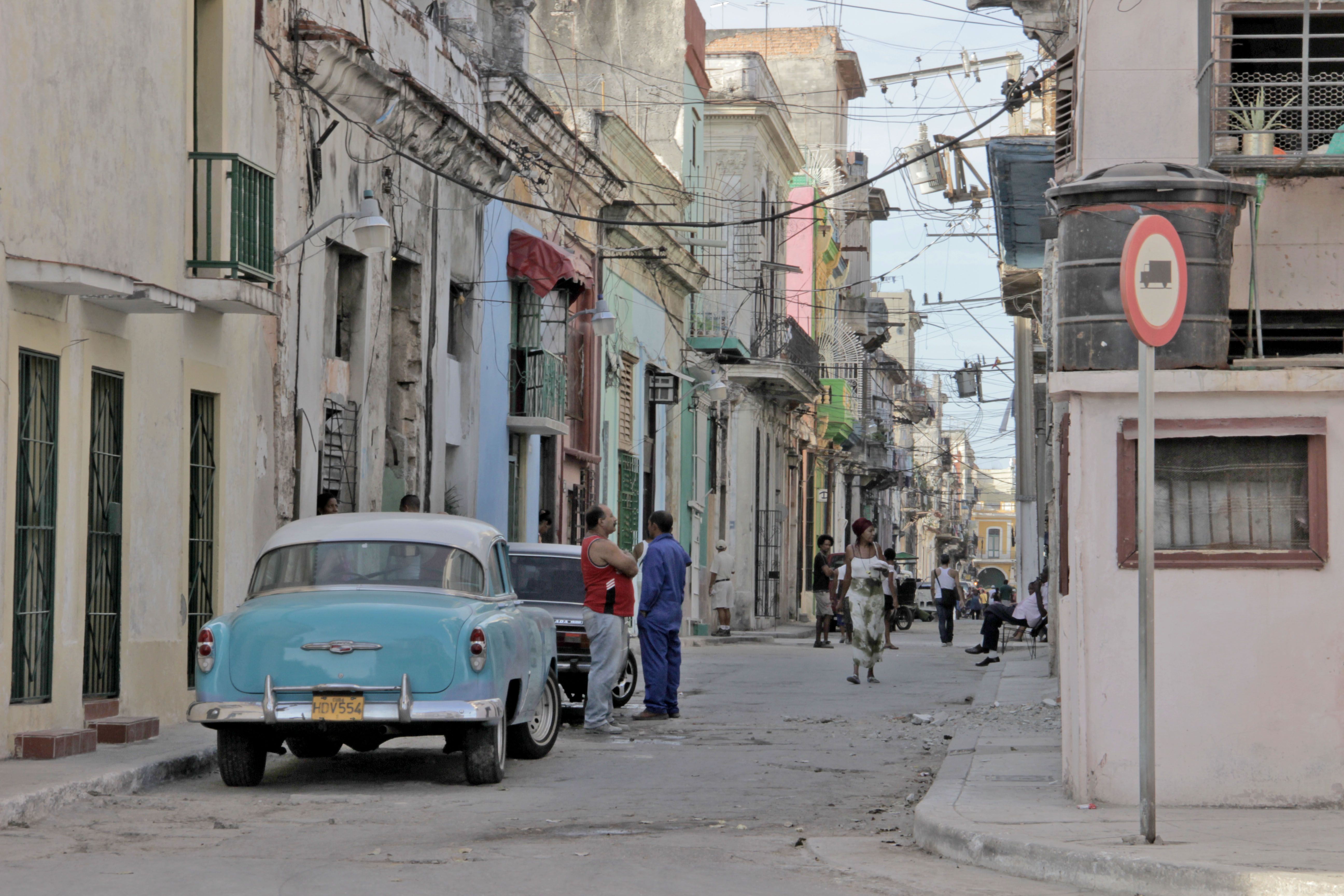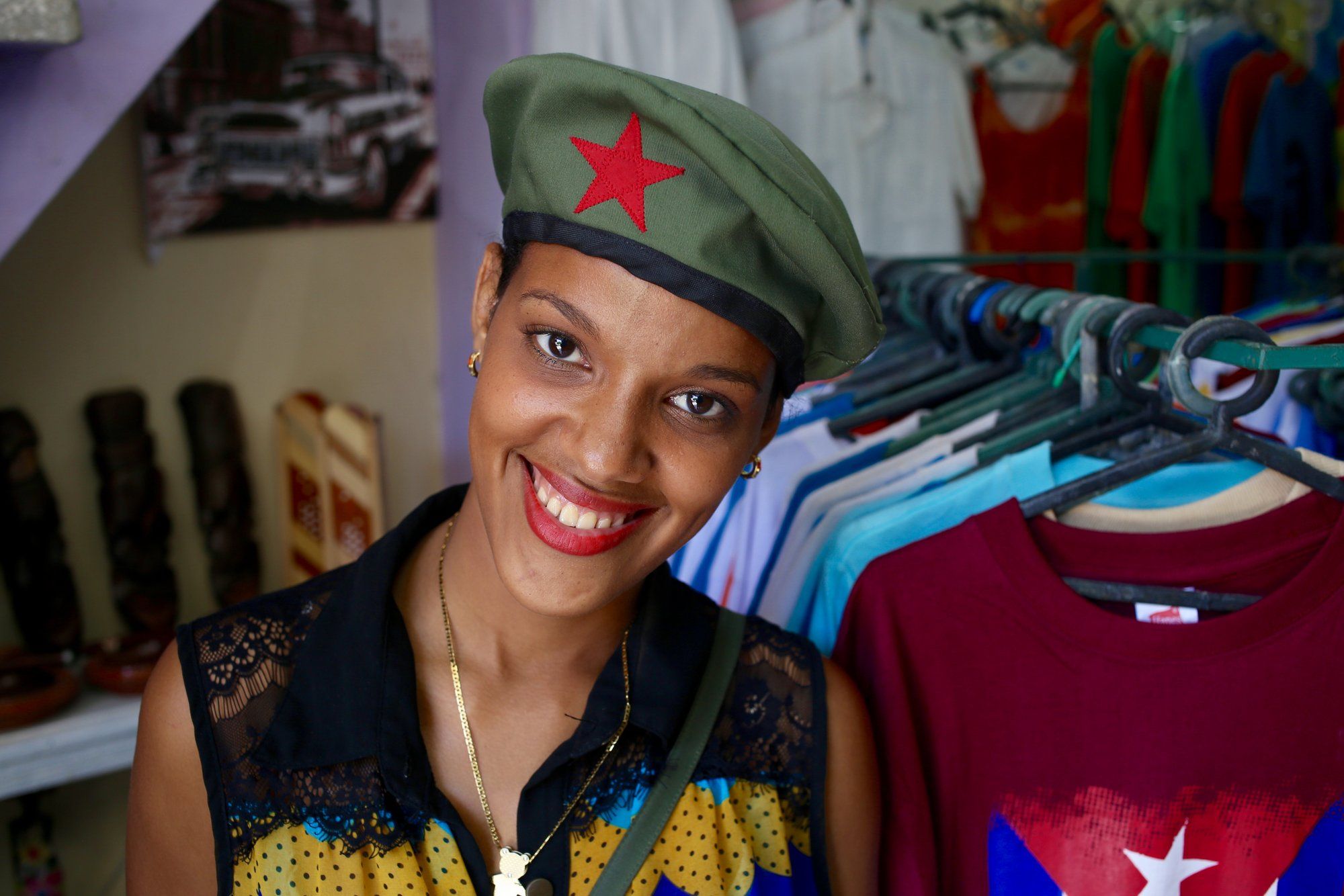This lesson is written as a series of notes for the facilitator.
1. Introduce lesson with a traditional KWL chart: What do you know about Cuba? What do you want to know about Cuba?
2. Review the following terms: capitalism, colonialism, dissident, imperialism, leftism, Marxism, patriotism, sanctions
3. Have students randomly draw an event or person from the list below to research. After a class period of reading and preparing (alone or in small groups), have them share 5-7 key facts along with at least one visual in a brief class presentation. Information about a person should focus on his/her involvement with Cuba. Most students will do this through Google Slides.
People: Che Guevara, Fidel Castro, Fulgencio Batista, Richard Nixon, Dwight D. Eisenhower, John F. Kennedy, Marta Rojas (see Tracey Eaton's story in Resources), Laura Pollan (see Tracey Eaton's story in Resources), Yoani Sanchez (see Tracy Eaton's story in Resources), Barack Obama, Elian Gonzalez, Duke Riley (seehttp://www.nytimes.com/2013/10/17/arts/design/avian-artistry-with-smuggl...)
Events: 26 of July Movement, Bay of Pigs Invasion, Cuban Missile Crisis
4. Once students have presented their findings, show the 3-minute video, "Key Events in U.S. and Cuba Relations" on the Wall Street Journal Video website. Description of the video: "The relationship between America and Cuba over the last 50 years has ranged from cautious to contentious. Here's a look at pivotal moments between the two countries--and how they altered the course of history." Discuss what could be added from their own research findings to broaden the perspective of the last 50 years between Cuba and the United State discussed in the video.
5. The whole class will read Tracey Eaton's stories, "Cuban Youth: A New Dawn" and "Cuban 20-Somethings Brace for Big Changes as Ties with U.S. Improve." We will also read "An American in Cuba: Confronting Expectations" and "Next Time You Come to Havana, You Stay With Me," by Rachel Southmayd. The class will watch the video interview with Natalie Baez. After reading the articles, discuss the advantages and disadvantages of being a young adult in Cuba in 2015. Discuss the common beliefs about traveling to Cuba.
6. Students will plan a celebration of Cuban Culture as a culminating activity. The purpose of the celebration is to highlight Cuban strengths, especially in the arts, to improve awareness of Cuban culture in other students at school. It might be assumed that middle school students today will have an opportunity to vacation (more easily) in Cuba during their adulthood. Hopefully students will also appreciate the pride and patriotism the young adults in Cuba feel despite the "big changes" ahead for them. Each student will be able to invite another student not in the gifted class to attend the celebration, which will be held during class time. An encore celebration may be held after school or in the evening.
7. Students, alone or in a small group, will prepare a video, painting, poster, song/poetry performance, food sample, etc. to contribute to the celebration. They can focus on Cuban art, music, literature, food or continue researching someone or something from Cuban history. Another option will be to highlight tourist attractions, including the numerous beautiful beaches in Cuba, in an "advertisement" of some kind for travel to Cuba.
8. Students will be assessed on the brief research assignment they complete at the beginning of the lesson. They will also be assessed on their contribution to the Cuban Culture Celebration.

















